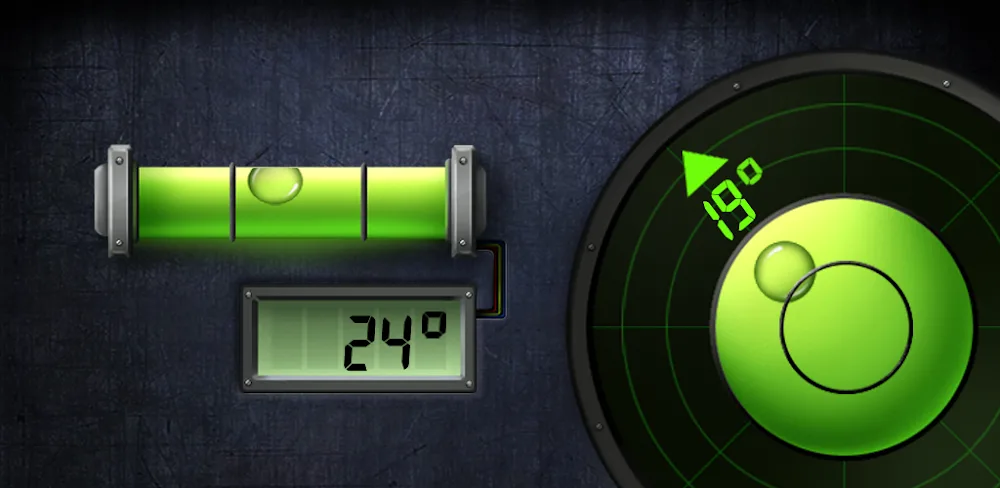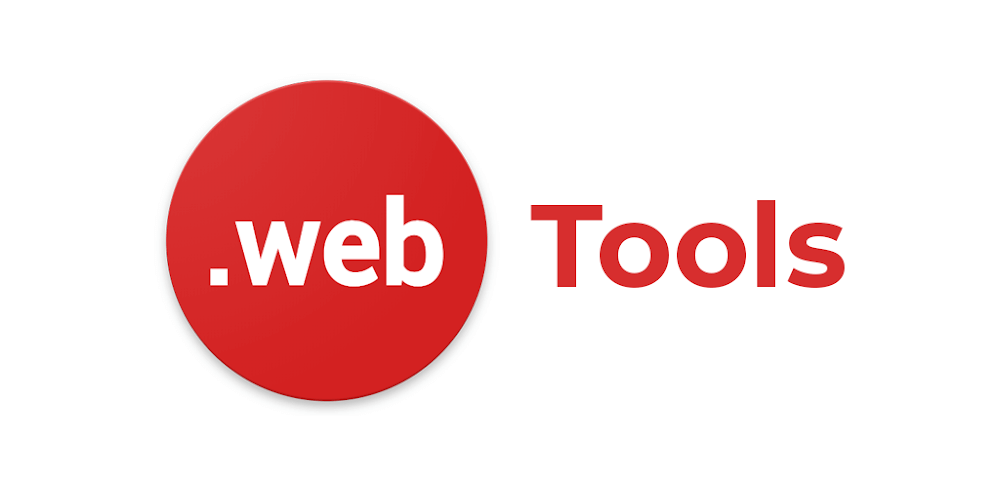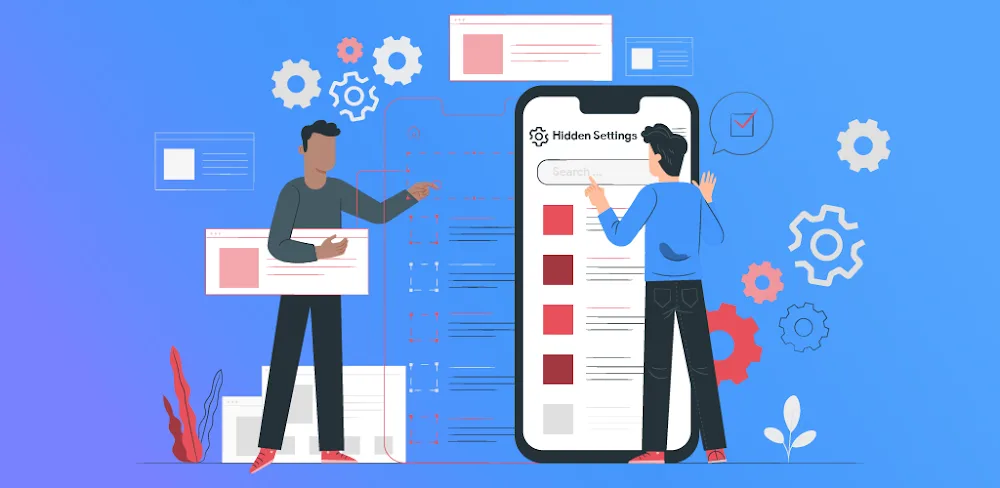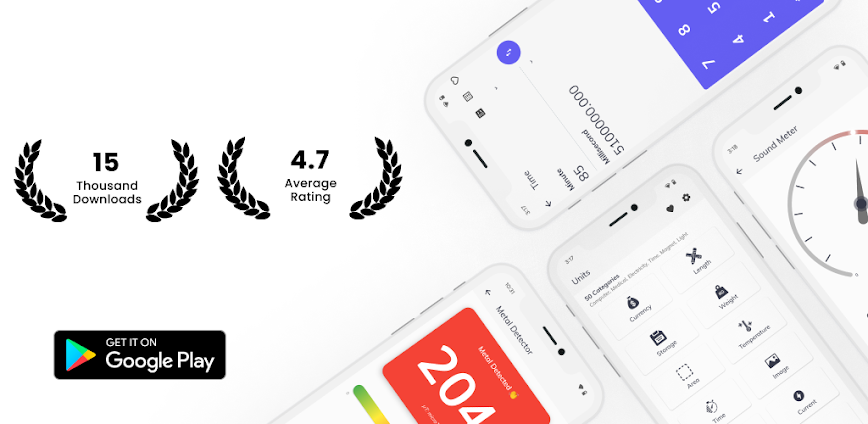Rotation Mod Apk v.29.1.1 (Premium Unlocked)
- App Name Rotation
- Version 29.1.1
- Sizes 6M
- Requirements Android 5.0
- Developer Pranav Pandey
- Genre Tools
- Updated Nov 02, 2025
- Platform GooglePlay
In an era dominated by smartphones, optimizing user experience is paramount. One often overlooked aspect is screen rotation, a feature that can either enhance or hinder usability depending on the context. Managing screen orientation effectively is key to a seamless mobile experience, making applications that offer granular control over rotation increasingly popular. This article delves into the nuances of screen rotation management, exploring its various functionalities, customization options, and its impact on overall smartphone usability.
Beyond the fundamental ability to toggle automatic screen rotation, advanced applications provide users with a wide array of customization options. These options allow individuals to tailor the screen orientation to their specific needs and preferences. For instance, users can implement “Forced auto-rotate,” which ensures the screen adapts to the device’s orientation regardless of the application being used. Alternatively, “Forced portrait” and “Forced landscape” modes lock the screen in a specific orientation, preventing unwanted rotations. These features are especially useful in scenarios where automatic rotation becomes disruptive, such as reading in bed or viewing content in a constrained space. Moreover, some applications offer more specialized modes like “Reverse portrait,” “Reverse landscape,” “Sensor portrait,” and “Sensor landscape,” providing even finer control over screen orientation. Users looking to optimize their Android experience might also find value in exploring other tools; for example, you can read the full guide on our site about effective Android management strategies. These features cater to diverse user needs and preferences, enhancing the overall mobile experience.
The ability to customize screen orientation extends beyond general usage scenarios. Many applications offer specialized settings for specific situations, such as managing screen orientation during calls. Users can configure their devices to automatically lock the screen orientation when receiving or answering calls, preventing accidental rotations that can interrupt conversations. Similarly, orientation settings can be customized for when using a headset, ensuring a consistent viewing experience regardless of head movement. These contextual customizations demonstrate the versatility of screen rotation management applications. Deciding on the right tool can also greatly impact your device security, so be sure to learn more about this topic here before making a final decision. Furthermore, these applications often allow users to define orientation preferences for charging, docking, or even individual applications, providing a truly personalized mobile experience.
One of the key advantages of using a dedicated screen rotation management application is the enhanced control it offers over application-specific orientations. Some applications are designed to be used primarily in portrait mode, while others are better suited for landscape mode. By allowing users to define orientation preferences for individual applications, these tools ensure that the screen always displays in the optimal orientation. For example, a user might prefer to use a reading app in portrait mode for comfortable one-handed reading, while setting a video streaming app to automatically rotate to landscape mode for a more immersive viewing experience. Such granular control over application orientation significantly improves usability and reduces user frustration. For a deeper dive into managing application permissions and optimizing your Android experience, check out our complete overview here.
Expert Insights and Current Trends
Experts in user interface (UI) and user experience (UX) design emphasize the importance of providing users with control over their device settings. Screen rotation, while seemingly a minor detail, can significantly impact usability and user satisfaction. According to a recent study by the Nielsen Norman Group, users prefer applications that offer customizable settings, allowing them to tailor the experience to their individual needs. The ability to manage screen orientation is a prime example of such a customizable setting. Furthermore, the trend towards larger smartphone screens has further amplified the importance of screen rotation management. As devices become larger, it becomes more challenging to hold them in a specific orientation, making automatic rotation more prone to accidental triggering. This has led to an increased demand for applications that offer precise control over screen orientation, empowering users to prevent unwanted rotations and maintain a consistent viewing experience.
The development of advanced sensors in modern smartphones has also contributed to the evolution of screen rotation management. These sensors, including accelerometers and gyroscopes, provide accurate information about the device’s orientation, enabling more sophisticated rotation algorithms. As a result, applications can now offer more nuanced rotation modes, such as sensor-based portrait and landscape orientations, which dynamically adjust the screen based on the device’s real-time position. This level of precision was not previously possible with older devices that relied on less accurate sensors. Current trends in mobile app development also reflect the growing importance of accessibility. Screen rotation management applications can play a crucial role in improving accessibility for users with disabilities, such as those with limited mobility who may find it difficult to hold their devices in a specific orientation. By allowing users to lock the screen in a preferred orientation, these applications can make smartphones more accessible and user-friendly for a wider range of individuals.
Examples and Practical Applications
Consider the scenario of a user who frequently reads e-books on their smartphone while commuting on public transportation. The constant movement of the train or bus can cause the screen to repeatedly rotate between portrait and landscape modes, disrupting the reading experience. By using a screen rotation management application to lock the screen in portrait mode, the user can eliminate these unwanted rotations and enjoy a more comfortable and focused reading experience. Another practical example is the use of screen rotation management in mobile gaming. Many games are designed to be played in landscape mode, but the automatic rotation feature can sometimes cause the screen to switch to portrait mode unexpectedly, particularly when the device is tilted at an awkward angle. By locking the screen in landscape mode, users can prevent these interruptions and maintain a consistent gaming experience. The application is especially useful for apps that don’t support auto rotation.
Professionals who use their smartphones for work-related tasks can also benefit from screen rotation management. For instance, a graphic designer might use a mobile app to edit images or create designs. By locking the screen in landscape mode, the designer can ensure that the app’s interface is always displayed in the optimal orientation, providing a larger canvas for their work. Similarly, a salesperson who uses a presentation app on their smartphone can lock the screen in landscape mode to prevent accidental rotations during presentations, ensuring a smooth and professional delivery. Even everyday tasks like watching videos become more enjoyable with customized screen rotation. Users can force landscape mode for a wider view, or use reverse landscape when lying on their side. These simple adjustments greatly improve the user experience.
Future Perspectives and Recommendations
As smartphone technology continues to advance, screen rotation management is likely to become even more sophisticated and integrated into the operating system. Future iterations of these tools may leverage artificial intelligence (AI) to predict user preferences and automatically adjust screen orientation based on context. For example, an AI-powered application could learn that a user typically prefers to use their reading app in portrait mode while commuting and automatically lock the screen in that orientation when the device is detected to be in motion. Furthermore, future screen rotation management tools may incorporate advanced features such as gesture control, allowing users to adjust screen orientation with simple hand movements. These advancements would further enhance the user experience and provide even greater control over screen orientation. We anticipate wider adoption of this technology.
Conclusion
Effective screen rotation management is vital for optimizing smartphone usability and user satisfaction. From basic on/off toggles to advanced customization options for specific applications and scenarios, the ability to control screen orientation empowers users to tailor their mobile experience to their individual needs. As smartphone technology continues to evolve, we can expect to see further advancements in screen rotation management, with AI-powered tools and gesture control features becoming increasingly prevalent. For users seeking to enhance their smartphone experience, exploring screen rotation management applications is a worthwhile endeavor. By taking control of screen orientation, individuals can eliminate unwanted rotations, improve accessibility, and create a more personalized and enjoyable mobile experience. We recommend exploring the diverse range of available applications and experimenting with different settings to find the optimal configuration for your specific needs. As smartphones become more integral to our daily lives, mastering screen rotation management is a small but significant step towards maximizing the potential of these powerful devices.
“`
Whats News
Introducing subscriptions to support the development event better.Rotation Key will remain valid to unlock features with no restrictions.
New orientation modes to support use cases like never before. Via Rotation > Support > Help.
• Sensor auto-rotate • Reverse auto-rotate
• Sensor left • Sensor right • Sensor reverse
Added support for Android 16.
Improved foldable (hinge) functionality.
Added Japanese and Korean translations.
A complete overhaul with various tweaks and design improvements.
- Votes: 1
- Comments: 0
Download Rotation for Android for free.
Premium Unlocked








There are no comments yet :(